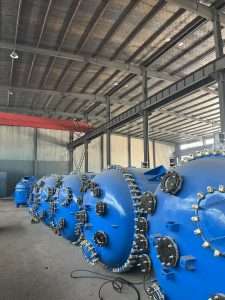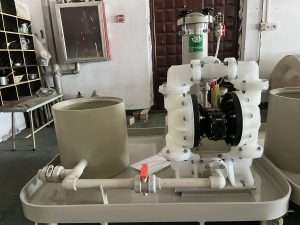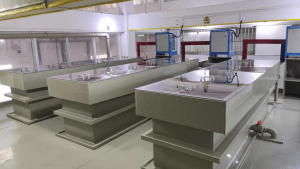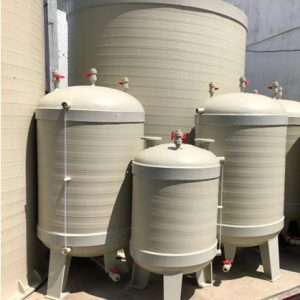Sources of Gallium and Electrolytic Extraction Methods
Gallium (Ga) is a rare metal found mainly in ores and certain compounds.
In bauxite gallium often accompanies aluminium in the ore.Gallium high purity
extraction relies heavily on electrolytic extraction methods The electrolytic extraction
of gallium primarily involves the reduction of its compounds to the metal gallium.
The following is a typical electrolysis process:
First, appropriate gallium compounds such as gallium chloride (GaCl₃) or gallium
hydroxide (Ga(OH)₃) are selected.These compounds are usually obtained by chemical
reactions or by extraction from ores.
The gallium compound is dissolved in a suitable electrolyte, commonly used electrolytes
include aqueous solutions of sodium chloride (NaCl) or sodium fluoride (NaF), which helps
to increase conductivity.
- Electrolysis unit construction:
Using an electrolysis tank, an anode and cathode are set up.The anode is usually an inert
material such as graphite or platinum, while the cathode is a collection electrode for gallium.
In the presence of a power source, an electric current is passed through an electrolyte and
an electrochemical reaction takes place.At the anode, chloride ions are oxidised, releasing
chlorine gas, while at the cathode, gallium ions from the gallium compound are reduced
and deposited on the cathode to form pure gallium metal.
- Collection and purification:
The deposited gallium metal forms a solid on the cathode, and after proper cleaning and
separation, high purity gallium can be obtained.
Sources of Gallium and Electrolytic Extraction Methods
Call us now:



